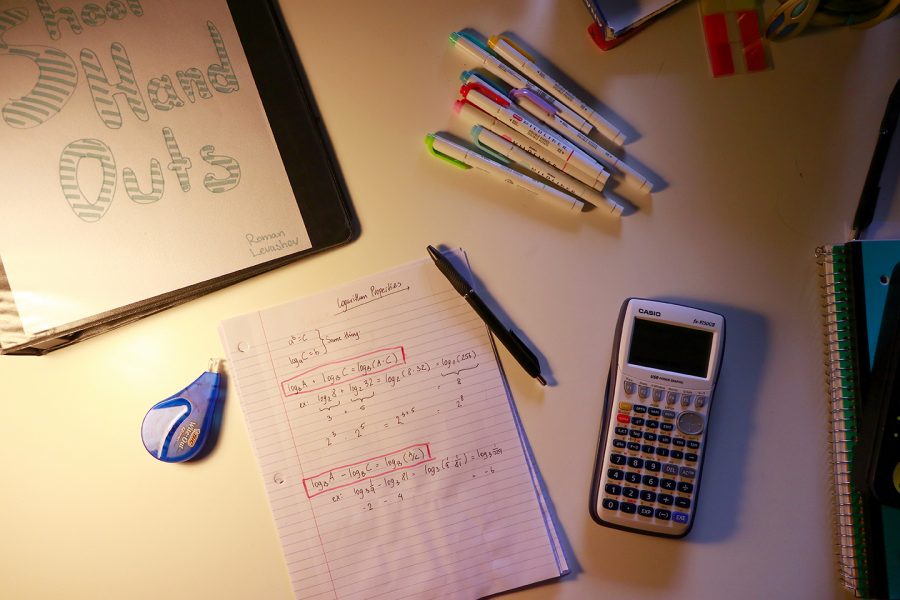The Shift to Virtual Learning
May 28, 2020
As a result of the outbreak of COVID-19, most students around the world ranging from primary schoolers to graduate students have been forced to adapt to new learning environments, mostly through virtual classes. However, this rapid transition towards online learning has not come without multiple obstacles. For example, many students still lack access to internet access and rely on going to school or libraries in order to use the internet or print documents. Furthermore, challenges such as distributing assessments while discouraging academic dishonesty, consistent communication between teachers and students, and surging absence rates have impeded the smooth adaptation towards online learning.
At the moment, solutions to these myriad of problems vary between school districts and countries, as diverse groups of students warrant a diverse group of problems. Some schools have fully utilized applications like Zoom in order to simulate the atmosphere of a classroom while others have opted to have teachers assign a guided series of assignments instead of using video calls. Despite school districts implementing creative and innovative solutions, the system remains imperfect and many obstacles persist in the virtual education of students.
One of the most prominent issues schools are facing is the problem of ensuring every student has reliable access to the internet in order to retain communication with teachers and complete assignments from home. Schools throughout the United States have scrambled to provide laptops and other devices for students who do not have access from home, attempting to ensure all students an equal chance at acquiring academic success. USA Today reports that “some big-city districts, like in New York City and Los Angeles, are designing plans for distance learning with vulnerable students at the forefront of the planning – mostly because students who are low-income, learning English, living in homeless shelters or who have disabilities make up the bulk of their populations.” However, according to USA Today, some counties such as Jefferson County in Kentucky are “specifically not moving to online learning because of equity concerns. The 98,000-student district wouldn’t be able to provide enough digital devices or ensure internet access for its most disadvantaged students, said Superintendent Marty Pollio.” For many areas throughout America, providing thousands of students expensive digital devices on such short notice is simply impossible thus impeding any hope of establishing an equitable chance for online learning.
Furthermore, even school districts that are able to provide equal internet access for all their students have struggled to replicate the same level of learning that students experienced before the lockdown. Part of the problem resides in the fact that many schools have had a difficult time enforcing participation in online school, as many students are opting to skip lessons and assignments given digitally. For example according to The L.A Times, “Los Angeles said last week that about a third of its high school students were not logging in for classes,” despite the majority of students having access to the internet. However, this is not a new issue, but rather a problem being compounded by the outbreak of COVID-19. The New York Times argued that “chronic absenteeism is a problem in American education during the best of times, but now, with the vast majority of the nation’s school buildings closed and lessons being conducted remotely, more students than ever are missing class — not logging on, not checking in or not completing assignments.” Without proper and uniform methods to ensure students are participating, many teachers across the country have even reported that less than half of the usual class is participating in classes.
Another part of the problem lies in the inability to continue classes such as Physical Education or Dance at full capacity. School sports clubs have no ability to organize team exercises and many other programs that students enjoy such as music classes or band have been unable to operate. NPR reports that part of the problem is because “online programs like Zoom are designed for meetings, not dance classes. They’re made to pick up voices, not the clickety clack of tap-dancing shoes.” Despite a variety of programs such as Skype, Zoom and other video calling applications, the limitations continue to persist for both educators and students alike. For senior Anisa Su, things like Microsoft Teams only make it easier to communicate “for some assignments.” Other students like junior Aiden Lee have found that “[they] haven’t really made it much easier” to communicate with their teachers than it usually is.
However, despite these challenges, with enough time and innovation, these problems may begin to be resolved. After all, even after the stay-at-home orders begin to loosen, online school may become the future for many students who want to save money or learn in a more comfortable environment. Forbes reports that “When it’s done right, online education can be as effective as classroom-based learning. Prior to COVID-19, most schools and colleges hadn’t invested in developing their online learning capabilities. Now, whether they like it or not, they must. And they will make great strides and improvements in the process.”




